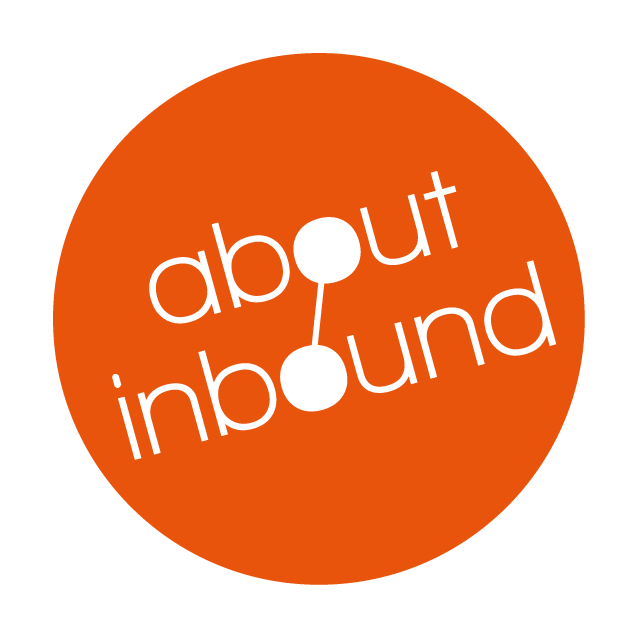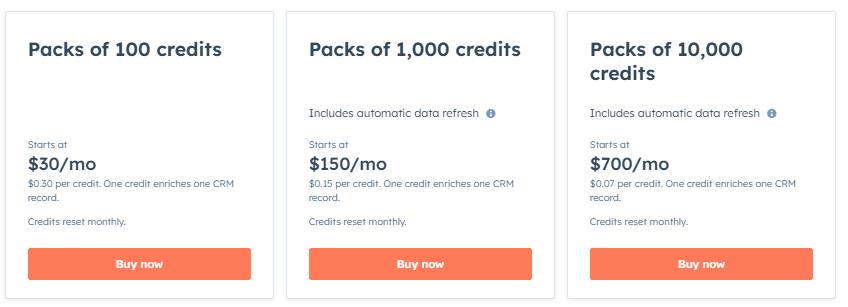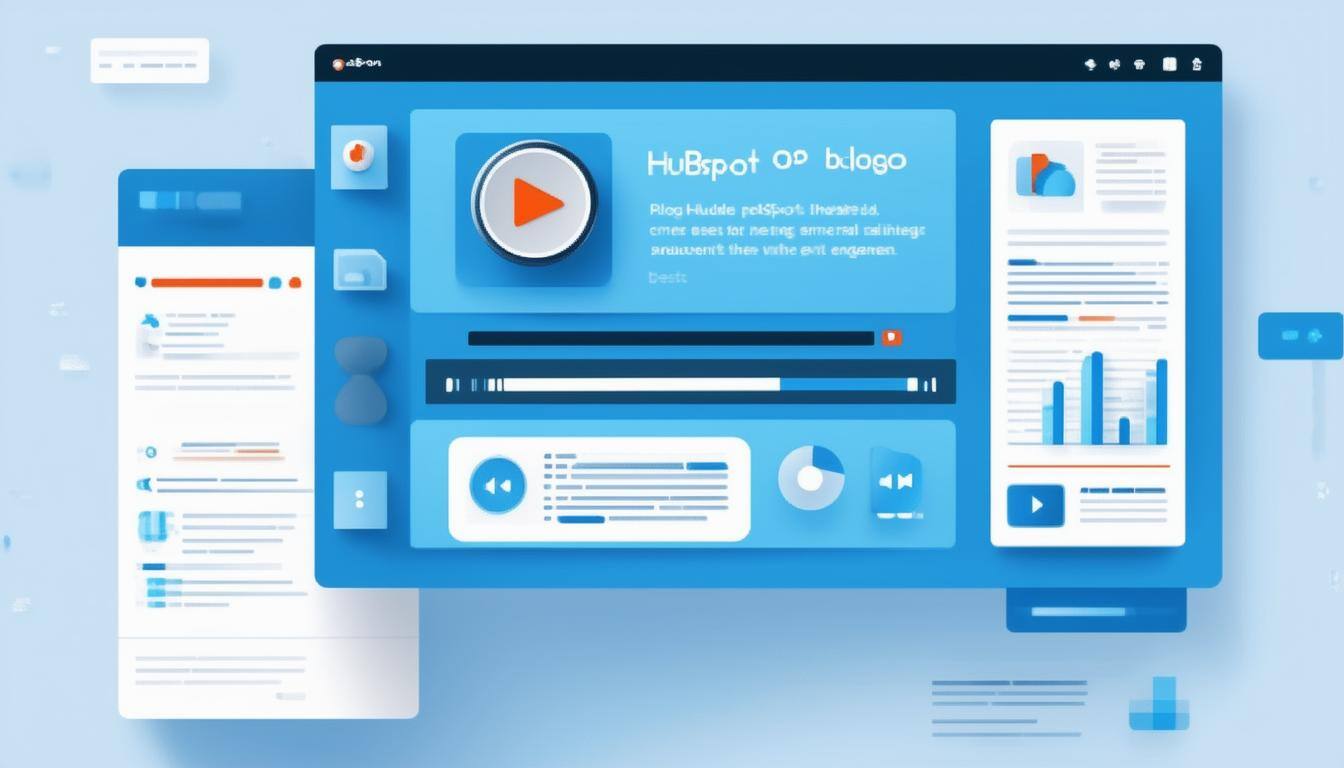Hubspot started was started in 2006 by Brian Halligan and Dharmesh Shah. They created the company around their concept of Inbound Marketing in 2006. The concept of was turned into a methodology to help marketers change their approach from the heavily outbound focus that was dominant at the time (outbound meaning advertising & cold calling etc.) to a more organic, content driven approach where brands can win customers by supporting their search for solutions and their decision making process and leading them to their brand only if they are ready to buy. They named this approach “Inbound marketing”. Fast forward to 2019 and Hubspot has gone through massive growth and indeed change. Their tool set involved from a smart way to build landing pages, SEO optimised blogposts and get better reporting on your visitors to a full blown SAAS ecosystem of Marketing, Sales, Service and CRM tools that are all tightly integrated. So how did they get here and where are they headed in 2020? That’s what we will have look at during the following paragraphs
A history of the Hubspot methodology and their product growth 2006-2019:
Hubspot’s own branding, marketing efforts and business practices have always been heavily based around the idea of organic lead generation. Ever since they began their knowledge base most of their training on the inbound concept was available free of charge. There was lots of information and they also offered some free tools to add value for customers if they wanted to try out the inbound approach without buying Hubspots products. At first their main product features were focused around marketing practices such as generating and nurturing leads and how to improve the marketing funnel but as their methodology evolved, they expanded into advocating a full blown customer first approach where they argued that, to have a successful and organic growth everything should revolve around your target audience, whether they are a visitor, a lead or a customer. They began adding more functionality to their tools and expanding their range of products. Over the next years their tool set changed into a complete Marketing, Sales and CRM platform. They created a free entry point to some of the functionality by offering the base version of Hubspot CRM free with optional paid premium features. They also expanded their integration possibilities and made it easy to interface with other business applications and offered a marketplace to extend their toolset
Dharmesh Shah and Brian Halligan speak about why they created Hubspot and how it has grown.
2018 changed the inbound marketing funnel to the flywheel:
Things took a major turn in 2018 when Hubspot introduced a very big change to their marketing methodology. They changed the established concept of the marketing funnel (the flow from unknown audience to visitor to lead and beyond), to a model of a flywheel. The big idea here is that effective inbound marketing should create an ever expanding momentum of new customers. This constant growth should not just happen from entirely new audiences but also from recommendations from - and up-sell to your existing customer base. It emphasizes that brand loyalty is very important and that the inbound approach should extend to all of your business units. This increased focus on getting more value and momentum from your existing customers gave Hubspot the starting point to further expand their product offerings and features into service delivery and support. They used this methodology change to underpin their 2018 Service Hub product launch. They also made major improvements to their chat bot feature with workflows and improved AI. This is another clear signal that they were looking to accommodate services and all B2B and B2C contact with their tools.
In essence, Hubspot has been using a combination of general market movements and customer feedback to inform its developments. They use their own business practices to test their developed features and methodology changes. Hubspot has spun up tools and made methodology changes as its customers and their needs evolved. They use customer feedback to fix issues and identify up-sell opportunities. This has turned out to be a very powerful growth driver as the companies own momentum can constantly be used as an example of successful use of its inbound methodology to its customers. Hubspot has been quite successful in attracting a varied client base across many industries. They have been successful in expanding the use cases for their inbound marketing methodology which allowed them to massively grow their products and features.
Hubspot announcement of the flywheel in spring 2018. Note how the URL at the end shows https://www.hubspot.com/products/service
2019 saw Hubspot focus on usability and security:
2019 Seemed a bit different, Hubspot development still worked full steam and there were many new update and feature announcements, but most of these new features focused on improvements to their existing suite of apps and features rather than creating entirely new products making major direction changes. Even their yearly Inbound conference where there is normally a major list of fresh feature announcements was more focused on improving the way their existing apps worked in 2019. The announced updates were mainly focused on improving usability, access control, data security and GDPR. While these changes weren’t as great at making headlines, they mark an important focus to make their SAAS suite more robust and usable in enterprise settings and to attract clients from industries were privacy and security even more important.
Towards the end of 2019 there were some interesting updates that made it possible for marketers with less technical skills to make visual changes to their email templates and content. You used to need a template developer that knew Hubspots custom code (HUBL) to get any sort of major customization to your basic mail templates in Hubspot, marketers could now suddenly go to a visual drag and drop editor to do a lot the customisations without needing to code. This as it turned out was a sign of things to come in 2020.
What Hubspot is changing and adding in 2020:
A good way to get a grip on the direction Hubspot is following at any given time is to look at their product updates page or their product announcements page. At About Inbound, we regularly take time to check these pages to see what’s coming and what is changing. We do this to be aware of new features and to find out about issues that could arise from feature changes that might affect the existing Hubspot environments of our clients. These two Hubspot web pages provide great insights into Hubspots plans, especially if you take the time to read through and see the changes proposed and developed over time.
During the first 4 months of this year Hubspot brought some new features and gave us insights to where they are headed with their products:
In January 2020, Hubspot announced interesting refinements and one change that gives us a clue towards Hubspots plans to come in 2020. Check out their first update “Drag and drop changes and global content changes through drag and drop: Two Updates to Give Marketers More Control Over Content Creation” This update that allows marketers to make changes to the look of their pages and blog posts without coding is a further development towards a clear way to split out content creation and theme customization from the theme development side. The other refinements in January focused on improvements to branching in their automation logic and improvements that ensure better handling of duplicate contacts in a CRM.
In February 2020 Hubspot brought a major development for sales reps to the Hubspot sales mobile app. Hubspot has added the possibility see tasks using the app https://www.hubspot.com/product-updates/manage-your-tasks-on-mobile. They also added the Top 55 PieSync Connectors directly to their App Marketplace. This clearly shows their continued commitment to improving the usability and user experience for all levels of Hubspot users in 2020.
March 2020 saw Hubspot make further changes that give more control to sales reps over their email automation. They also started to allow content creators to define page titles and blog titles separately. It also saw Hubspot take ownership over it Jira sync extension – making it a “native” integration. I found no major clues about whats to come here except that these updates continued to focus on improving functionality for sales reps and content creators.
April 2020 Brings the first new product announcement in 2 years. Hubspot CMS Hub:
In April 2020 Hubspot dropped a big bombshell by adding an entirely new product offering with 2 tiers: Hubspot CMS hub professional and enterprise. This potentially opens up a major new market to Hubspot as it is the first product that provides an entry point to Hubspot entirely from the content creator and content management perspective. Buying a subscription to the professional tier of this new CMS product will give you access to their content building tools for landing pages and blogs. To allow you to effectively host, create and maintain your content, the main features include SEO tools, forms, live chat, and the Hubspot CRM. Their main selling point here is the heavy integration with their other tools and that you get a load of integration and several conversion channels out of the box. They also mention the benefits of having your security and hosting managed by Hubspots operations with 24 hours support and high up-time guarantees. The release of Hubspot CMS shows why there has been a big development push towards drag and drop for content creation in Hubspot as it will be one of the selling points of this particular product offering.
Hubspot CMS hub features animation video
With CMS hub Hubspot has taken functionality that was built out as part of their existing product suite over time (many of the features of CMS were already used as part of the Hubspot ecosystem before CMS was released), enhanced them and spun them of into their own product. Hubspot used to refer to its CMS features as COS (Content Optimisation System). But with addition of drag and drop, better support for theming and the serverless web apps and membership site support for the enterprise system they set it apart from the other products far enough to build out their new entry point with Hubspot CMS. It is actually the second time that Hubspot have spun off existing features into a new product. The first time they spun of a new product was with the creation of Hubspot CRM using their contact database and list features as they grew more features to support the Marketing and Sales Hub tools. But it is the first time that they charged for this type of re-jig of tools (Hubspot CRM has remained free not withstanding contact limits etc.). We take a deeper look at what Hubspot CMS Hub is and what it offers in our Hubspot CMS Hub indepth review.
Other than CMS Hub, the features released for April and May 2020 up to the time of publishing this post focus on security with enhanced controls over team access permissions and domain user permissions and some ticket automation improvements for service hub starter.
So what does all of this mean for Hubspots direction into 2021 and beyond?
The running theme since 2019 seems to be a focus inwards, to further mature and improve their existing tools and optimizing their usability for different types of Hubspot users within its client base.
If you think about the types of users that can now be using the Hubspot tools for any given client, there are:
- Content creators
- Marketing managers and executives
- Developers
- Graphic designers
- Sales reps
- Sales mangers
- Ad campaign managers
- Support staff
- Service delivery managers
- Quality coaches etc..
Hubspot needs to make sure that all these different job roles and their product users are catered for in their app ecosystem and that they can all get their jobs done and work together. They also need to make sure that security and data protection are adequate across all these different teams and control their access to customer data. Hubspot have come a long way with improving the usability and security of their tools over 2019 and 2020 so far and it would make sense that as part of this exercise they would focus on opportunities within their existing product line to spin off new products or paid features while they further optimise their existing offerings. Given the recent developments with COVID-19 and its impacts on the world economy, it wouldn’t surprise me if Hubspot would keep its main focus on product suite improvements rather than major direction chances this year.
If I would have to make a guess what their next new features or products could be, I would think that there might be a focus on E-commerce down the line as this sector will likely see a lot of growth in the coming year although there have been no announcements about this at this point. Hubspot already offers tight integrations with E-commerce tools such as shopify. We might see more integrations or partnerships form to offer more E-commerce features to it's CMS customers in the future?
More information about the Hubspots newly released CMS Hub:
It's worth watching the sprocket talk YouTube video where Luke Summerfield of the Hubspot Product team discusses the ins and out of the new product release. I have linked the 2 main sections of the video where the advantages and the differences between Hubspots previous aproach and its new CMS hub products are discussed.
The advantage are discussed here (take over of maintenance and management/drag and drop for marketers/integration with other products – enterprise adds webapps):
Functionality differences between existing cms and new cms hub Are discussed here:






